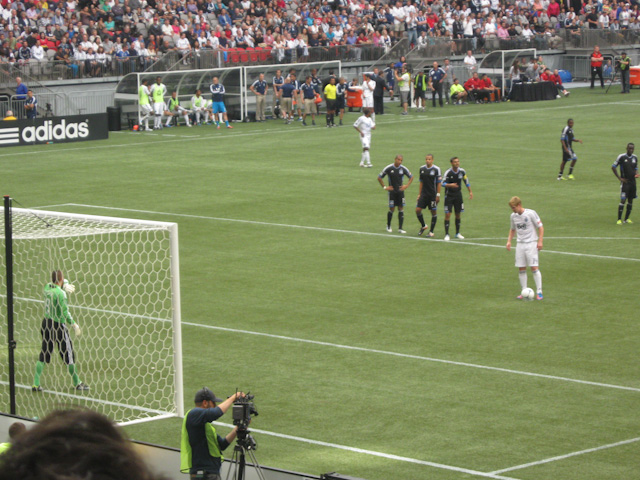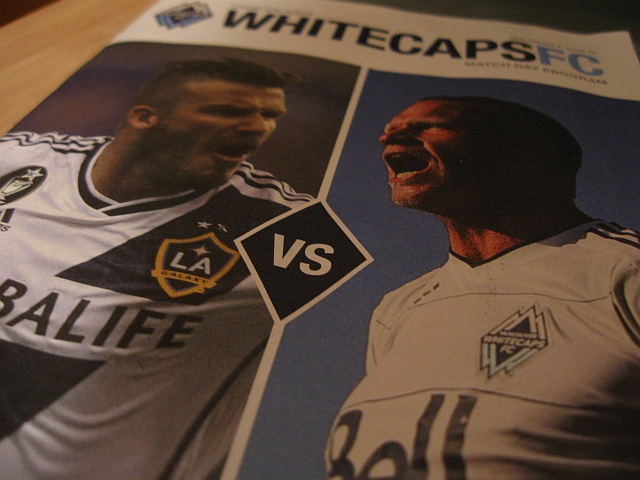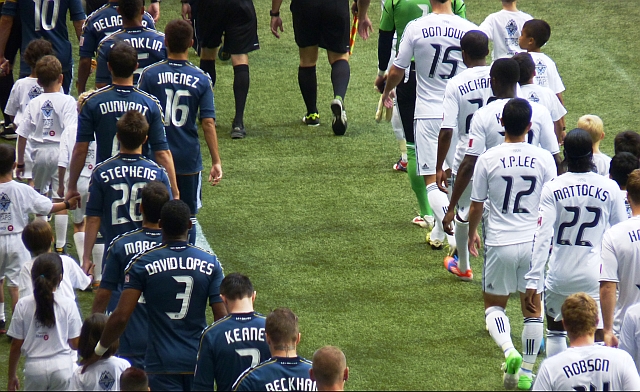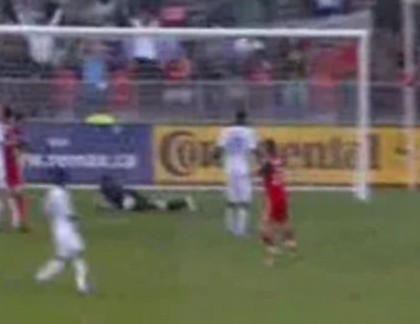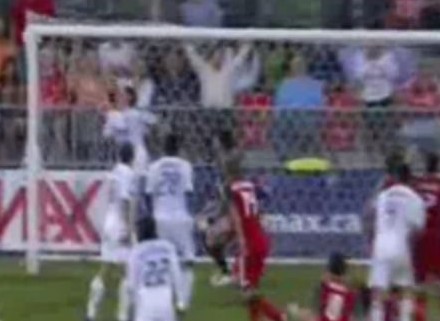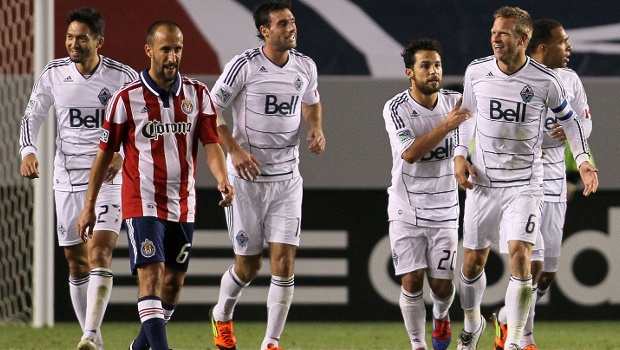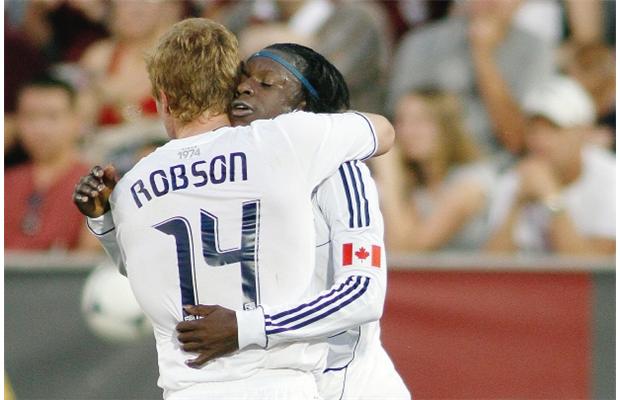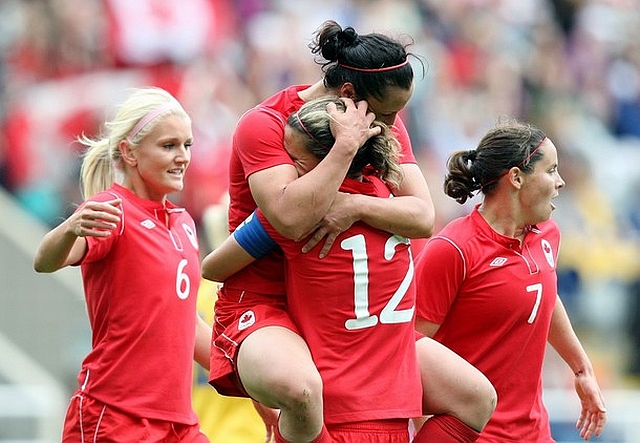
Christine Sinclair and Melissa Tancredi connected on both of Canada’s goals in a 2-2 draw with Sweden. Photo courtesy AP
Canada did not break in impossible circumstances.
The Canadian national women’s team came back from an early, traumatic deficit to draw 2-2 against Sweden and in the process define the team’s resilient character. It’s a quality they will need if they are to provide a victory against the elite nations in Olympic women’s soccer.
Canada started with pace and threatened with three fine chances, but the game whipsawed from a blank slate to a desperate attempt to get something from nothing in the space of three minutes.
Sweden’s two goals were astounding in that they came so quickly, they came against the run of play and they were so simple: both balls from wide areas, both in the same weak spot that Japan took advantage of, weaker with the absence of the injured defender Emily Zurrer.
The rapid change in fortunes could have been devastating, and I’ve seen teams knocked flat by conceding twice before. But Canada stuck to their game, which focused on ball movement up the pitch, delivering to the area and hoping something happens. This is how Canada had 13 shots, but only 2 on the net. Olympic leading scorer Melissa Tancredi’s goal just before halftime was Canada’s first shot on target.
Sweden’s approach was to apply more of a physical game than Japan did, trying to frustrate the Canadians. And as you might expect from a team defending, they were comprehensively outposessed by Canada, who had them 60-30. But they didn’t close down les Rouges (and Christine Sinclair, specifically) the same way Japan did, and Canada simply created too many chances to be denied.
Sinclair, as well, was sublime. The prolific striker has turned to a provider, using her vision and poise on the ball to create many of Canada’s best chances. This has created the secondary scoring Canada has long desired, but the captain remains crucial.
Her teammates work hard, but create little alone; this was the root of striker Jonelle Filigno’s frustration, who was limited by offside and foul calls until she was replaced by Kaylyn Kyle. Sinclair has been the one to turn sparks into goals, and it was again her cross on Tancredi’s head that earned Canada the valuable point.
The reason why it was valuable is because Canada’s greatest asset is their inexhaustible confidence. Canada could have qualified for the quarterfinals with a loss, depending on other results, but if they were to shamble through to the knockout rounds with only a win against South Africa to their names they would not have anything to bring to the incredible challenge ahead.
Because try as they might, this draw did not break the glass ceiling in women’s soccer that has separated Canada from the elite teams in major tournaments. Qualifying as a third-place team will mean they cannot escape group-winners like the US, GB or Brazil, all three of which pose a sterner test than anything they found here.
But this too seemed impossible, and Canada were able to pull out a result, just to prove that they could. It would be unwise to count them out a second time.
Stats after the jump.


